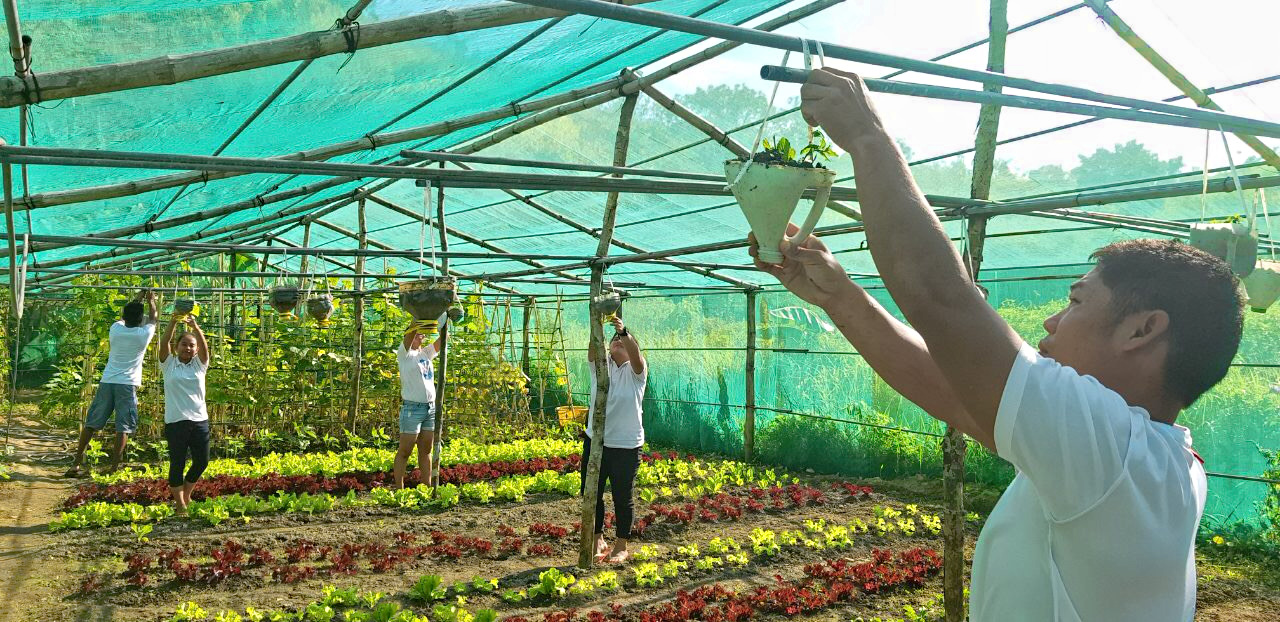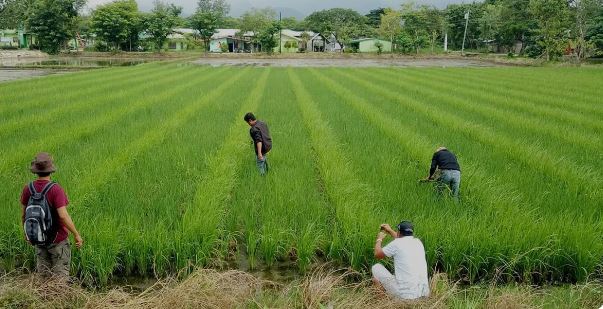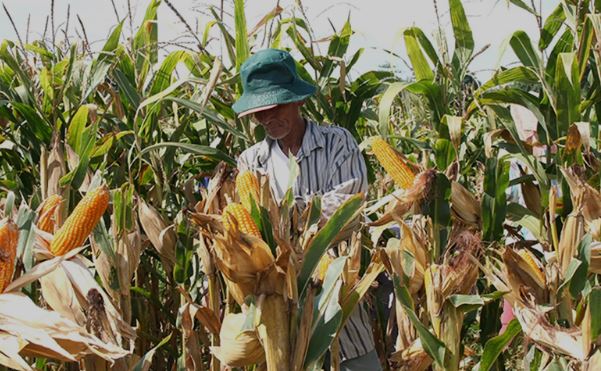Traditional agriculture practices in Palawan reflect the rich cultural heritage and sustainable farming methods employed by local communities.

Traditional Agriculture Practices
Here’s a detailed list of traditional agriculture practices in Palawan:
**1. Swidden Agriculture (Kaingin System):
- Description:
- Swidden, or shifting cultivation, involves clearing small plots of land for cultivation.
- After a few years of use, the land is left fallow to regenerate, allowing for sustainable farming practices.
**2. Rice Terraces Farming:
- Description:
- Some communities in Palawan utilize terraced fields for rice cultivation.
- Terracing helps manage water flow and soil erosion on hilly or mountainous terrain.
**3. Agroforestry Systems:
- Description:
- Agroforestry integrates trees and shrubs into traditional farming systems.
- This practice enhances biodiversity, conserves soil, and provides additional products such as fruits and timber.
**4. Community-Based Forest Management:
- Description:
- Many indigenous communities in Palawan engage in community-based forest management.
- Sustainable harvesting and rotational agriculture are implemented to ensure long-term forest health.
**5. Mixed Cropping:
- Description:
- Traditional farmers in Palawan often practice mixed cropping, planting multiple crops in the same field.
- This helps maximize land use, reduces pest risks, and provides varied produce.
**6. Crop Rotation:
- Description:
- Crop rotation involves growing different crops in succession on the same land.
- This practice helps maintain soil fertility and reduces the risk of pests and diseases.
**7. Traditional Seed Saving:
- Description:
- Farmers save seeds from their crops for the next planting season.
- This practice preserves local plant varieties and maintains biodiversity.
**8. Water Buffalo (Carabao) Plowing:
- Description:
- Water buffaloes, or carabaos, are commonly used for plowing fields.
- This traditional method is sustainable and well-suited for the region’s agricultural needs.
**9. Bamboo Drip Irrigation:
- Description:
- Some communities use bamboo drip irrigation systems to efficiently water crops.
- This eco-friendly method conserves water and supports sustainable agriculture.
**10. Rattan Cultivation:
- Description:
- Rattan, a type of climbing palm, is cultivated for various purposes.
- Local communities use rattan for furniture, handicrafts, and building materials.
**11. Traditional Medicinal Plant Gardens:
- Description:
- Communities often maintain gardens with traditional medicinal plants.
- These plants are used for healthcare purposes and are an integral part of local culture.
**12. Fishpond and Ricefield Integrated Farming:
- Description:
- In certain areas, farmers integrate fishponds with ricefields.
- The nutrient-rich water from the fishpond benefits rice cultivation, creating a sustainable and mutually beneficial system.
**13. Livestock Integration:
- Description:
- Livestock, such as chickens and pigs, are integrated into traditional farming systems.
- Their manure contributes to soil fertility, and they serve as additional sources of food and income.
**14. Hillside Gardening (Bulaklakang Karbeng):
- Description:
- Hillside gardening involves cultivating crops on the sides of hills or mountains.
- It is a traditional practice adapted to the local topography, allowing for efficient land use.
**15. Traditional Fishing Practices:
- Description:
- Fishing is often integrated into the agricultural practices of coastal communities.
- Sustainable fishing methods, such as handlining and fish corrals, are employed.
**16. Traditional Paddy Rice Farming:
- Description:
- Paddy rice farming involves cultivating rice in flooded fields.
- This traditional method is well-suited to the region’s climate and contributes to rice self-sufficiency.
**17. Harvest Rituals and Festivals:
- Description:
- Traditional rituals and festivals are observed during harvest seasons.
- These events celebrate the bounty of the land, express gratitude, and strengthen community bonds.
**18. Apiculture (Beekeeping):
- Description:
- Beekeeping is practiced in some areas for honey production and pollination.
- Traditional methods of beekeeping are often employed, promoting both agriculture and biodiversity.
**19. Sugarcane Cultivation:
- Description:
- Traditional sugarcane cultivation is practiced in certain regions.
- Sugarcane is used for various purposes, including sugar production and traditional beverages.
**20. Bana Grass Handicrafts:
- Description:
- Bana grass is cultivated and used for weaving traditional handicrafts.
- This sustainable practice supports local craftsmanship and provides an additional source of income.

These traditional agriculture practices in Palawan reflect the harmony between local communities and the natural environment.

They showcase the resilience and adaptability of traditional farming methods that have sustained generations in this ecologically diverse region.



